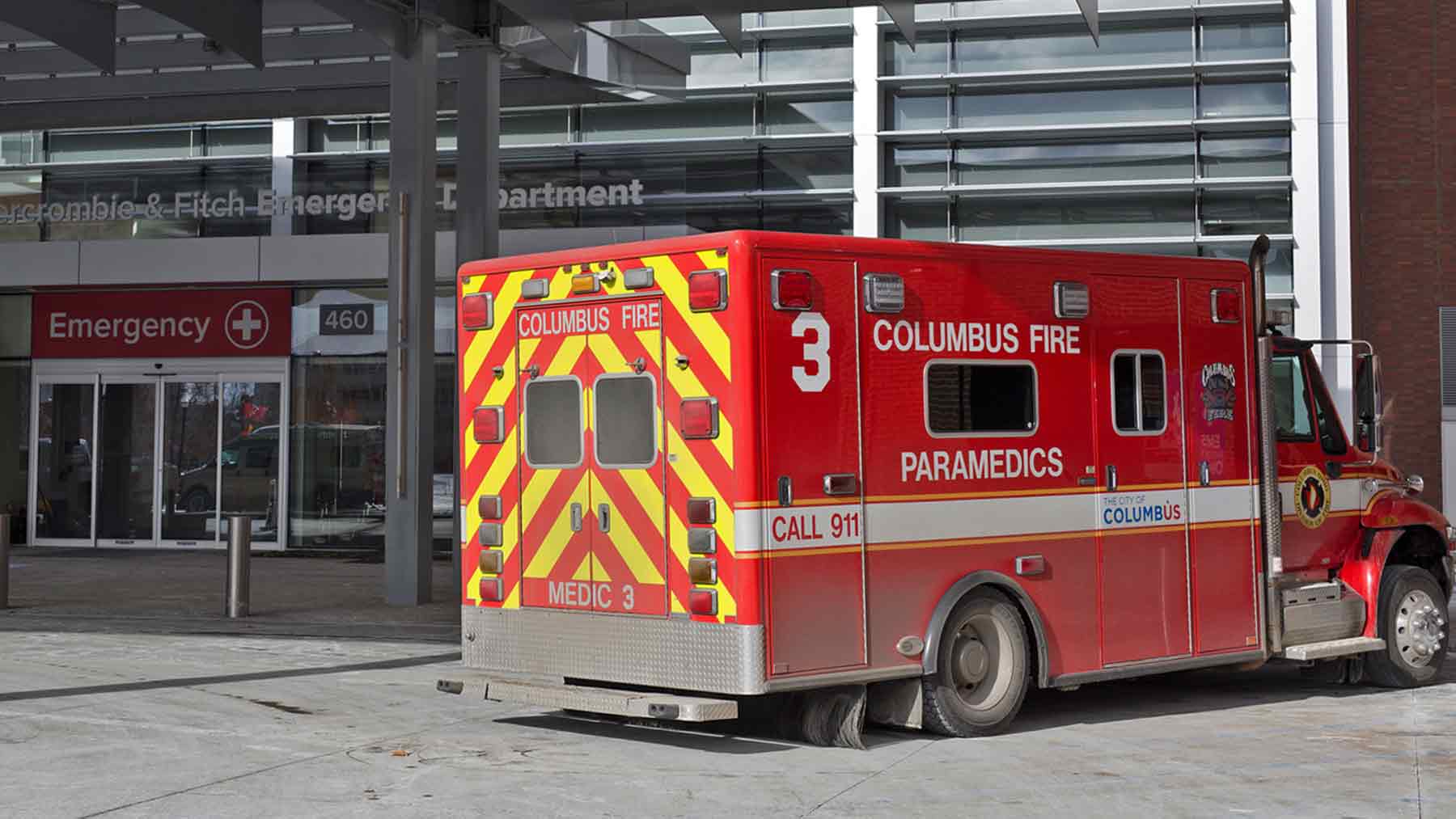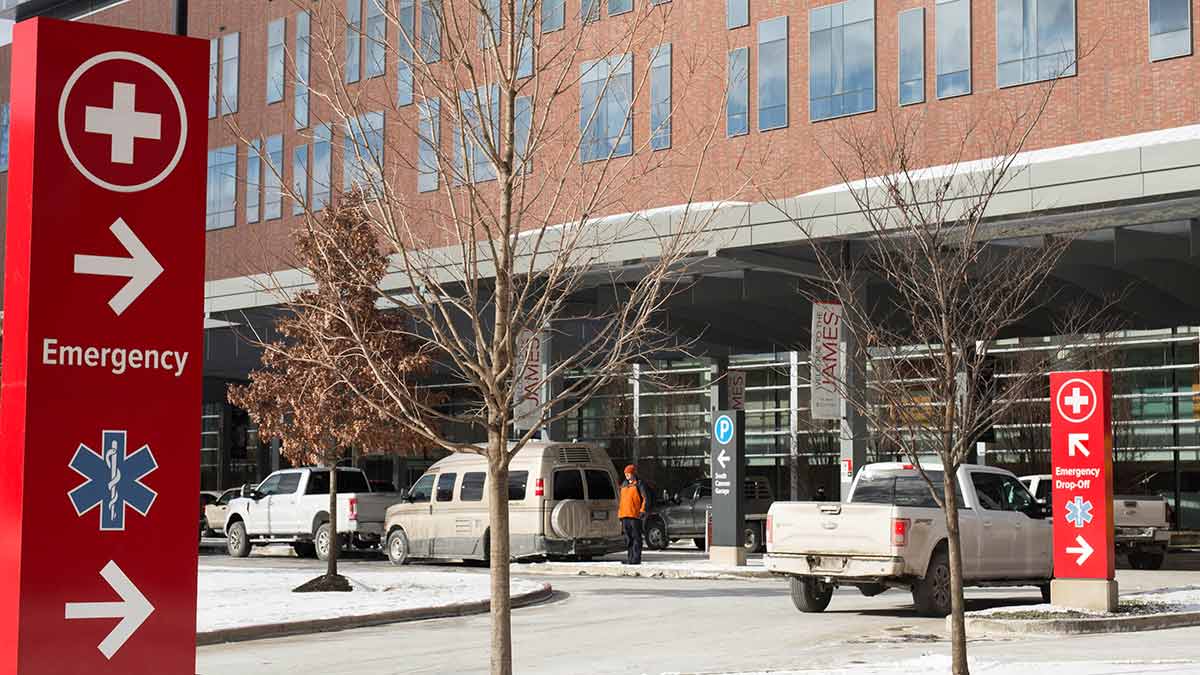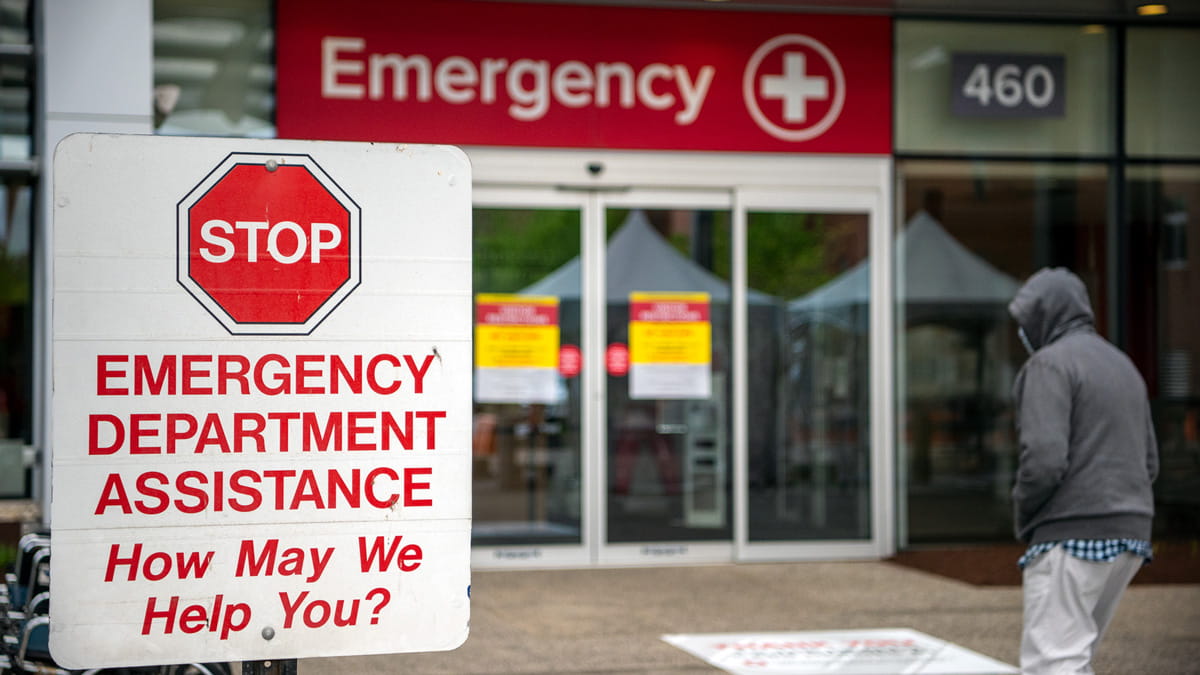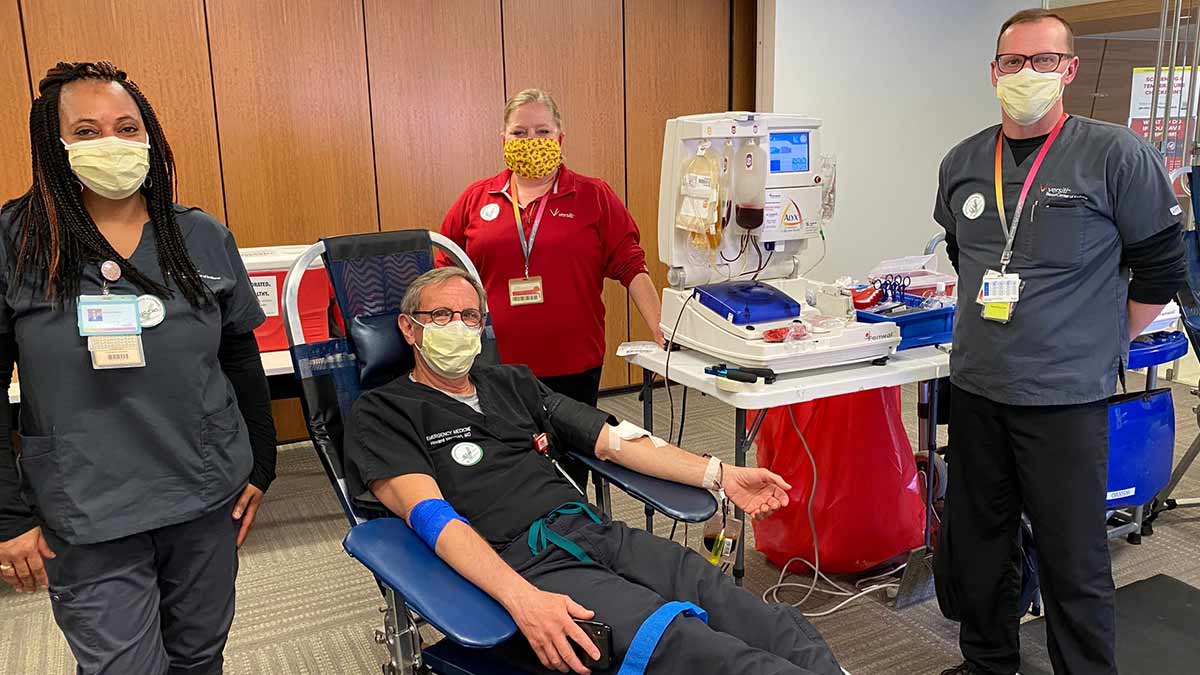Is it ever OK to use a rideshare app to get to the ER?

Instead of taking an ambulance to the emergency department, more people are using the rideshare apps, a study shows.
Ambulance calls have dropped by at least 7 percent when Uber has entered many urban markets, according to a study available online as it undergoes peer review for publication.
David Slusky, an assistant professor of economics at the University of Kansas, and Leon Moskatel of the Department of Medicine at Scripps Mercy Hospital in San Diego analyzed data from 766 cities from 2012 to 2015 to reach their conclusion.
Previous research elsewhere has shown that unnecessary ambulance use is in part due to lack of other means of transportation, and that individuals would use an alternate means of transport if one existed, the researchers wrote.
As more people have now started to seek alternate, cheaper transport to the emergency room in the form of rideshare services such as Uber and Lyft, the researchers were curious what impact this might have on ambulance services.
While this is an interesting concept, I don't think this is a negative outcome of the rideshare industry. Ultimately, rideshare apps are just another way to get somewhere, including the hospital or emergency department.
What did the study find?
Ambulances are a vital part of emergency medical services. However, they come in single, homogeneous, high-intervention form, which is, at times, unnecessary, resulting in excessive costs for patients and insurers, according to the researchers.
Their study found that UberX’s entry into a city caused substitution away from traditional ambulances for low-risk patients, reducing overall volume.
They theorize that more people using Uber to get to the emergency department likely caused a reduction in wait time for the remaining ambulance volume. That could translate into more ambulances being available to those in need of life-saving care.
Another possible benefit, according to researchers, is the potential cost-savings passed along to low-risk patients who forgo expensive ambulance rides.
What should we keep in mind about this study?
There are numerous stories throughout the decades about babies being born in the back of a taxi or personal vehicle. We still get unresponsive patients dropped off at Ohio State Wexner Medical Center’s Emergency Departments by private vehicles all the time.
So even though the concept of hailing a ride on your smartphone app is relatively new, the phenomenon of arriving to a medical facility by means other than an ambulance is not.
On the flip side of this scenario are the ambulance rides that occur for patients who don't really need an escort with someone who is medically trained, but rather just need a ride to the emergency department and don't have resources to arrange that any other way.
The 7 percent reduction in ambulance use with the advent of Uber to a given city is probably worthy of publishing, though the more telling study would dig deeper to look at the type of patients getting transported to medical facilities by rideshare apps.
If the patients are ones who would have taken a car if they had one, then this might be a great use of apps like Uber or Lyft to reduce the non-emergent ambulance transports for EMS.
When should you call an ambulance?
As an emergency department physician, I would caution against using ridesharing apps as a main means of transportation to the hospital, particularly in high-risk patients. It’s important to remember that Uber and Lyft drivers aren’t trained to take care of medical emergencies.
Anyone suffering from chest pain, difficulty breathing, stroke-like symptoms, major trauma or allergic reactions should be transported in an ambulance equipped with trained medical personnel to provide proper care. Your choice of transportation to the hospital could be a matter of life or death.
Daniel Bachmann is director of emergency preparedness at The Ohio State University Wexner Medical Center and an associate professor and director of the hyperbaric medicine program at The Ohio State University.




